What a Fish Knows- A Review
What a Fish Knows- The Inner Lives of Our Underwater Cousins, by Jonathan Balcombe. 288 pages, hard cover, Scientific American, 2016, $27.00
Once upon a time a friend gave me a book titled Be Here Now (by Baba Ram Dass). That book touched in me places I didn’t realize existed, but it did not change my behavior. Until one day, months later, I was cooking a leg of lamb, and while checking to see if it was done something happened in my head-CLICK! That piece of meat went from being my dinner to a disgusting dead thing, just like that. I stopped eating all meat and very nearly stopped fishing. Talk about a delayed reaction!
I just finished reading What a Fish Knows, an excellent, well-documented work of popular science. Mr. Balcombe presents some good, documented arguments that fish are intelligent, aware creatures with a lot more going on intellectually than we as humans have ever given them credit for, for example-
-documented cases of tool use by several species;
-complex social structures, particular on coral reefs;
-familial ties. Many species of fish care for their young for an extended period, and some mate for life;
-intelligence. Some fish species can solve problems faster than chimpanzees;
-cooperative hunting strategies, between members of the same species and between members of different species.
I could list more, but you get the idea. Fish deserve a lot more respect from us than they get. Evolution has had 150 million years to work with fish. A few good adaptations must have occurred in all that time. It’s only been working with us for six million.
I often feel sorry for the fish I catch as I watch them struggle at the end of my line. I often apologize to them, and thank them, whether I drop them into a cooler or release them. This book will only make me empathize with them even more strongly.
Only time will tell if What a Fish Knows will change my behavior. It’s certainly given me a greater appreciation for fish of all kinds, and lots of food for thought. Those are two reasons why anyone with any interest in fish at all should read this book. It earns my highest recommendation.
John Kumiski
|
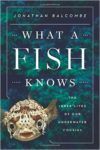
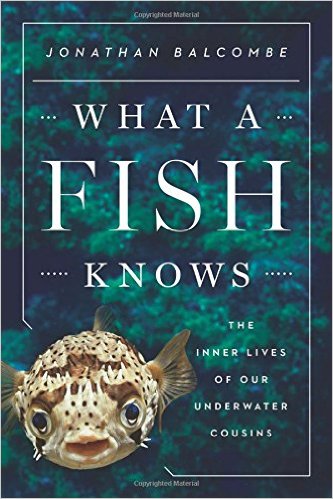
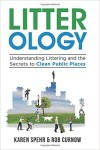
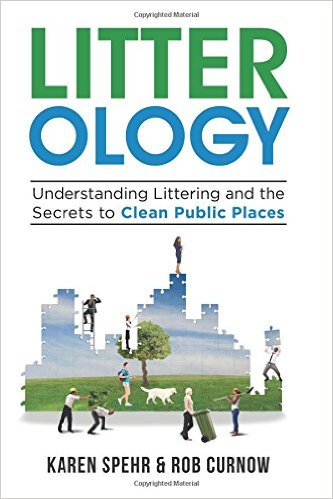
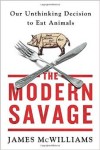


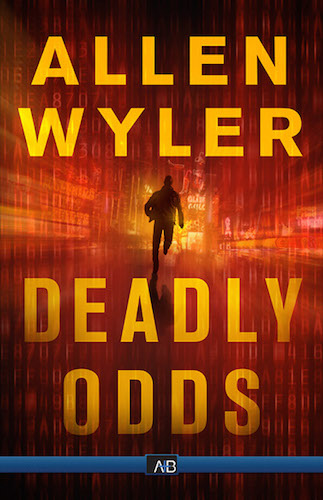

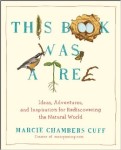
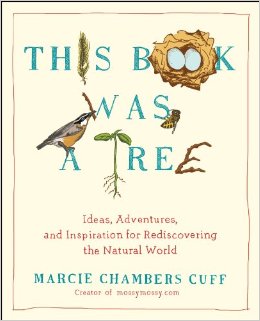

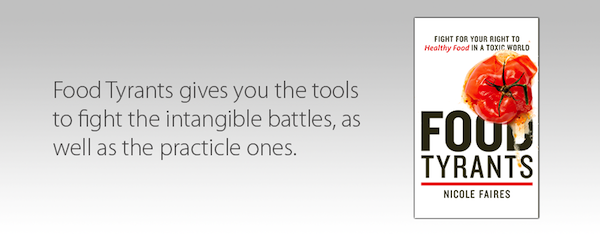

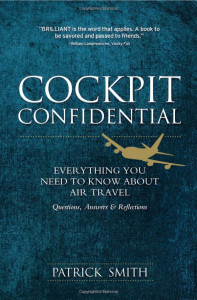
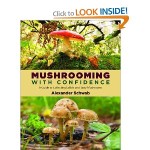
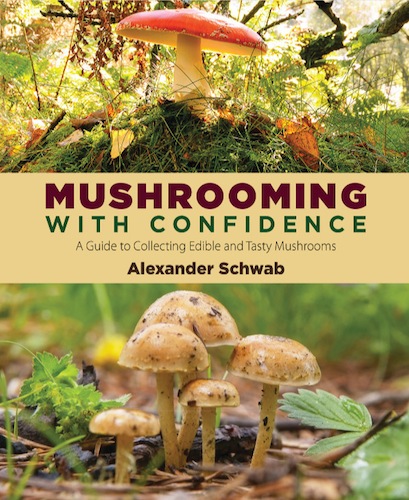

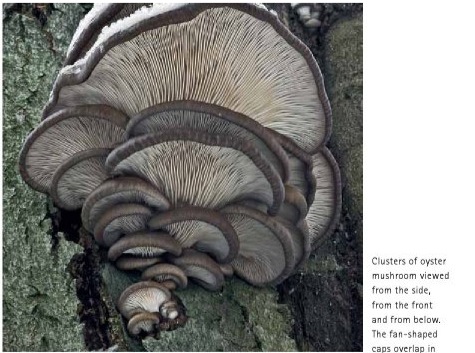
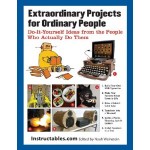
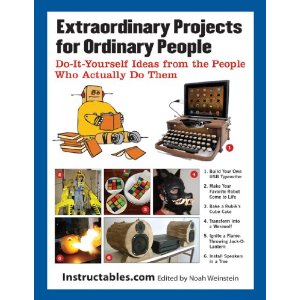
Recent Comments